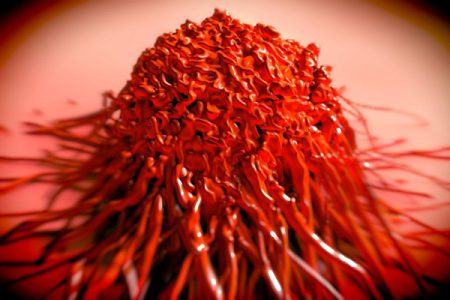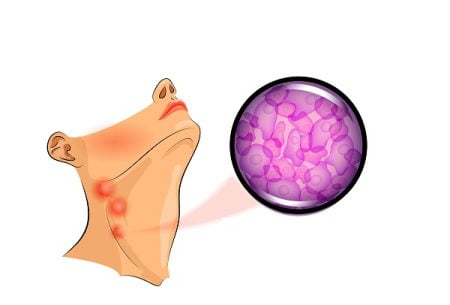Lymphoma: Definition and Types
Lymphoma is a cancer of lymphocytes (cells of the immune system). Lymphomas are the most common types of cancers in young adults especially between the ages of 15 to 19. Lymphoma has two main types:
- Hodgkin’s lymphoma or HL or Hodgkin’s disease
- Non-Hodgkin’s lymphoma or NHL
Lymphoma survival rates: Is lymphoma curable?
Survival rates provide people with a better understanding of how much successful a treatment will be despite of the type and stage of a cancer.
Survival rates are estimates that vary with the type and stage of cancer. However, every person is different and many people can live much longer than these suggested estimates.
The 5 year survival rate for stage 4 Hodgkin lymphoma is usually 65%. Following are some of the risk factors that may affect a person’s prognosis and can make lymphoma more severe:
- Presence of B symptoms (systemic symptoms of fever, night sweats, and weight loss associated with both Hodgkin’s lymphoma as well as non-Hodgkin’s lymphoma)
- Being over age especially above 45 years
- Having specific WBC and RBC counts
The overall 5 year relative survival rate for all Individuals with a non-Hodgkin lymphoma (NHL) diagnosis is usually 71%.
Relative survival rates are used to compare people with the disease to the people without disease and the estimates may vary significantly for different types and stages of the disease. There are many factors which can affect the survival rates; therefore a person should discuss his/her specific risk factors with the doctor at an individual basis.
Hodgkin’s Lymphoma Survival Rates
Hodgkin’s disease is one of the most treatable forms of cancer if diagnosed early. However for NHL, the relative survival rates are 69 % and 59% for 5 and 10 year respectively. For Hodgkin’s lymphoma, the survival rates have improved and hence the 5 year survival rate is 85% and a 10 year survival rate is 80%.
Many factors influence the prognosis and survival rate of different types of lymphomas, which can include:
Age
Individuals under the age of 60 can improve in prognosis as they are more capable to fight off the disease.
Stage of disease
Usually stage 1 and stage 2 offer good prognosis but even later stages may be highly treatable as well.
Performance status
This means an ability to function normally and is ranked on a scale of zero to 100 (100 means the patient is at normal health).
Serum LDH (lactate dehydrogenase)
Serum LDH is high instead of normal in lymphoma patients because the LDH enzyme is usually released in large amounts if the cells are damaged or destroyed.
Non-Hodgkin’s lymphoma 5-year survival rates
The 5-year survival rate tells about how many percent of people can live for at least 5 years after the cancer diagnosis of cancer. The overall 5-year survival ratefor people with Non-Hodgkin’s Lymphoma is about 71%. In case of men, the 5-year survival rate is 69% while in women, it is 72%.
The 5-year survival rate for stage I NHL is almost 82%, 75% for stage II, 69% for stage III and 62% for stage IV NHL. However, these survival rates may vary depending on the stage of the cancer stage and its subtype.
It is very important to understand that statistics on the survival rates for people with NHL are just an estimate which comes from annual data based on the number of people with a particular type of cancer in the United States. Moreover, experts measure the survival statistics after every 5 years. So the estimate cannot show the results for less than 5 years.
In general, it has been reported that the survival rate of patients with NHL at the five-year mark is more than 60%. Some other facts about NHL survival rates are:
- Indolent NHLs have a mean survival rate of almost 20 years. Stage I and Stage II NHLs can be treated with radiation therapy alone.
- If treated early, almost half of the patients with aggressive NHLs can be cured with a combination of chemotherapies.
- Most relapses of aggressive NHL can occur almost within two years of the treatment.
- Relapses of indolent lymphoma usually occur later.







